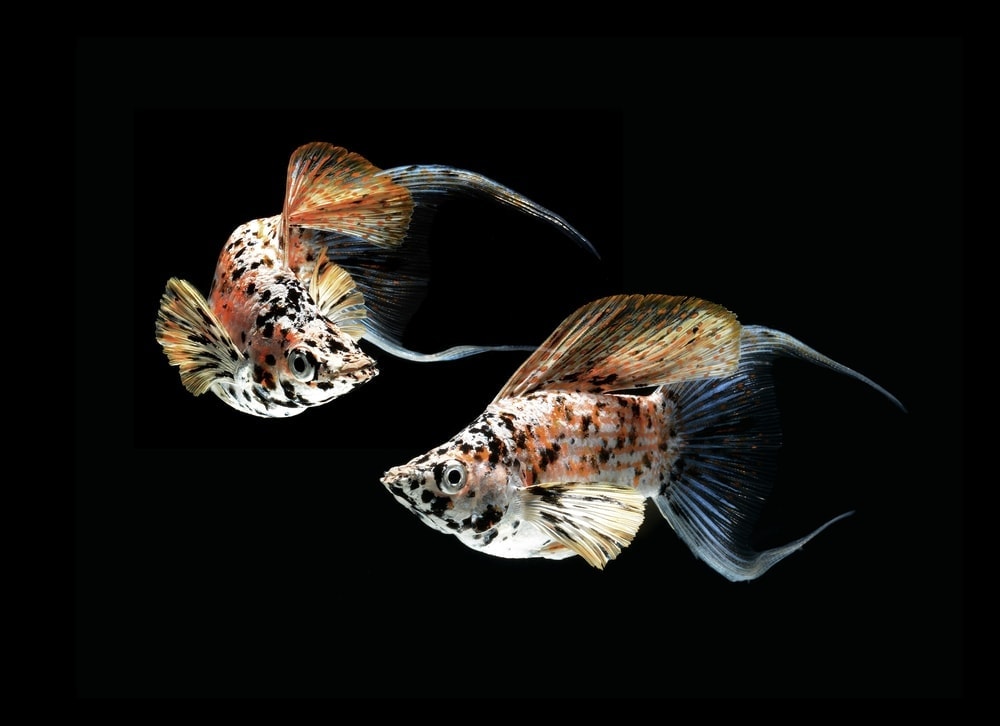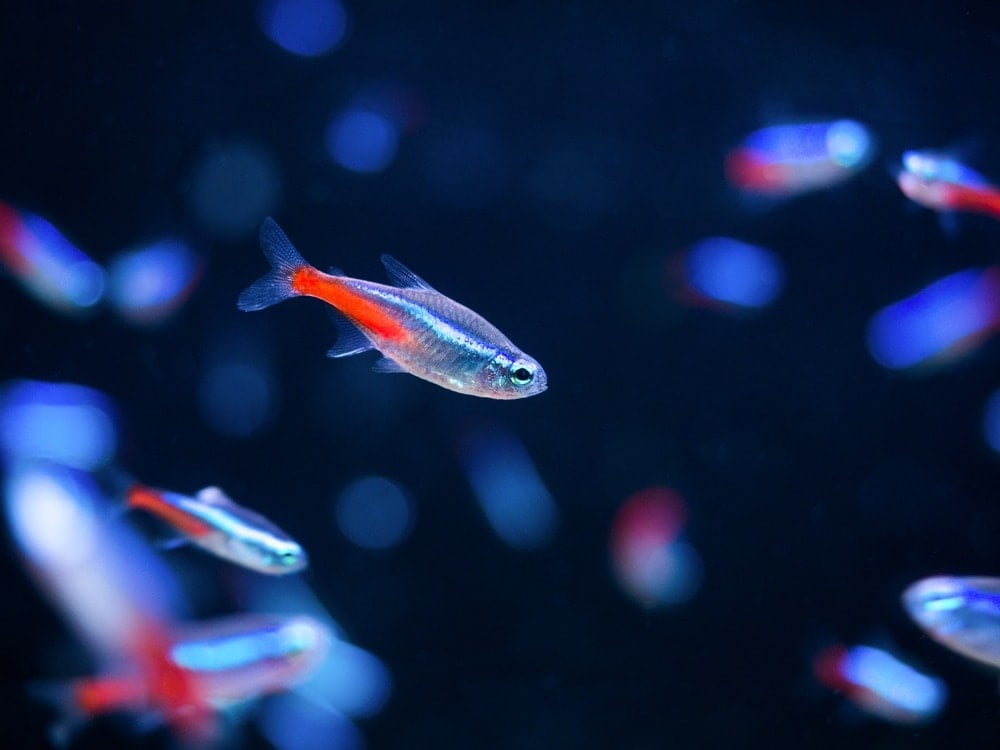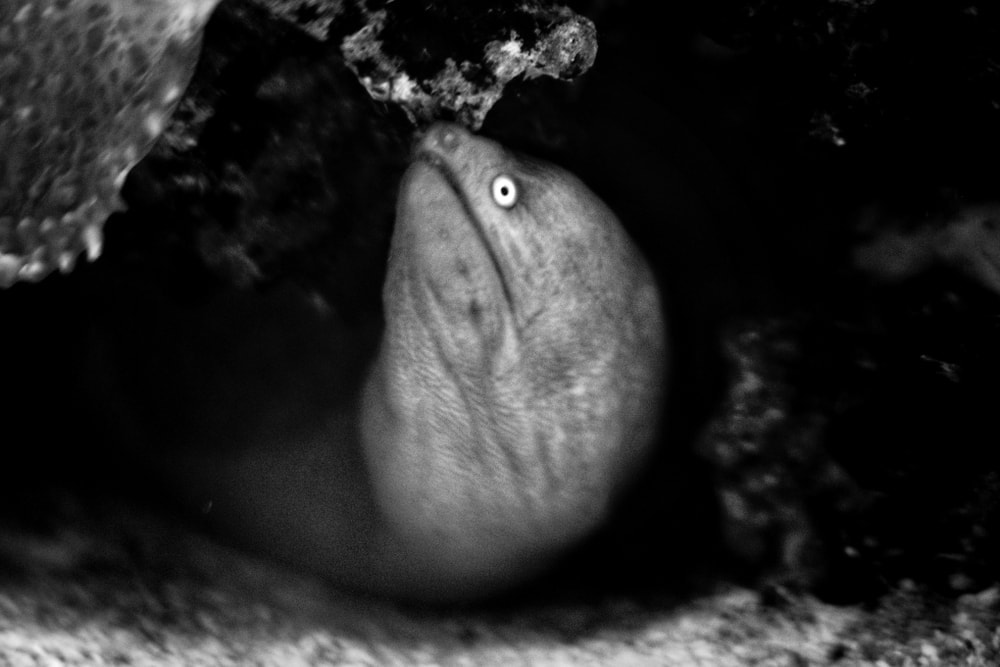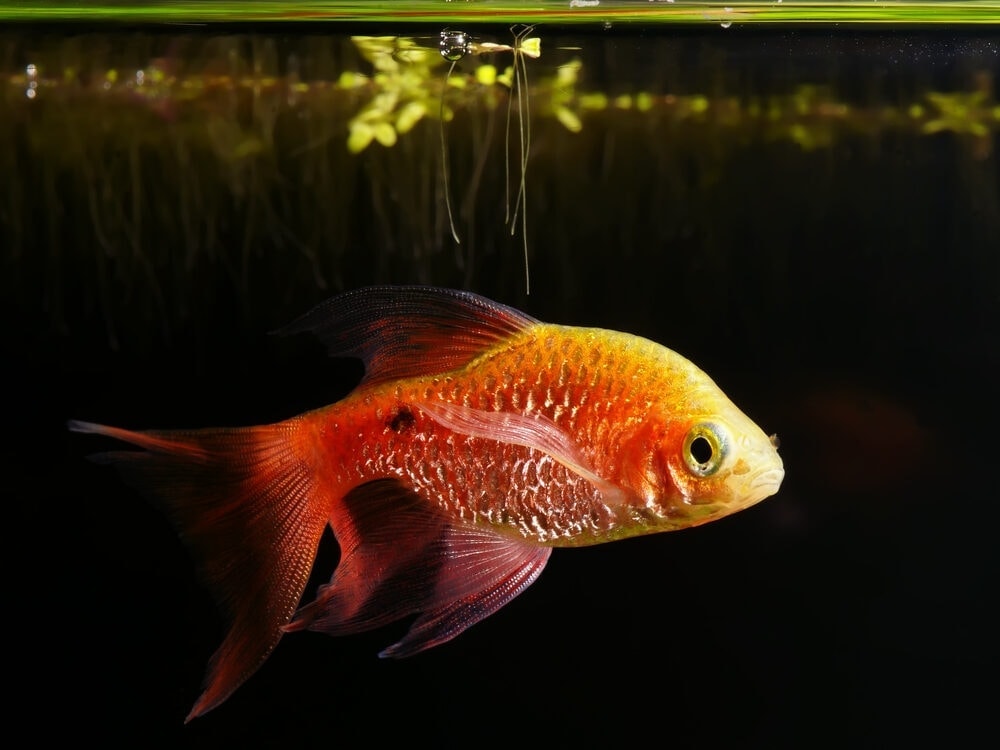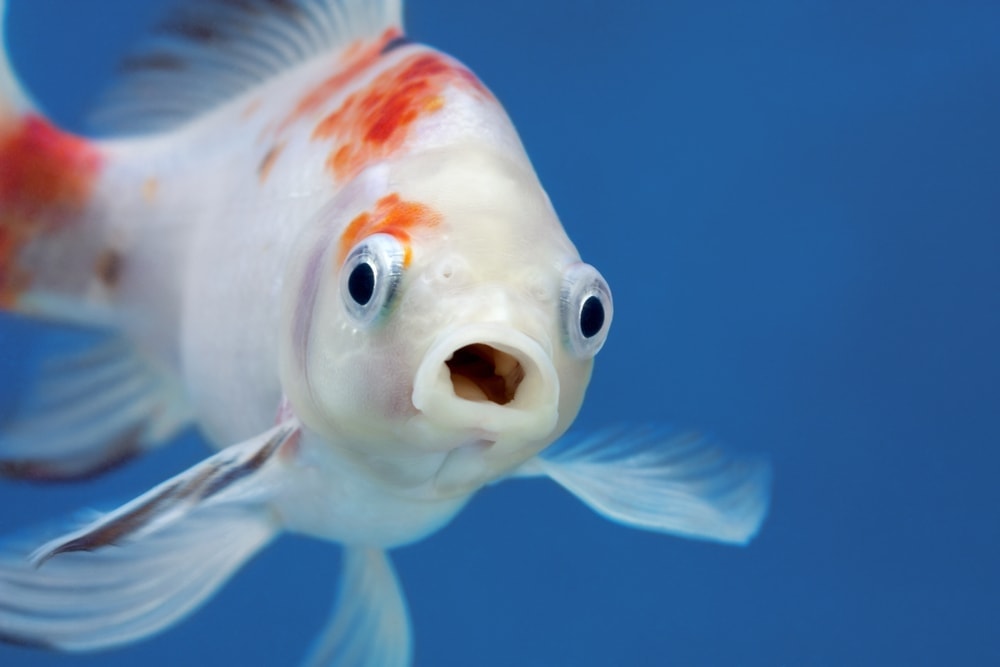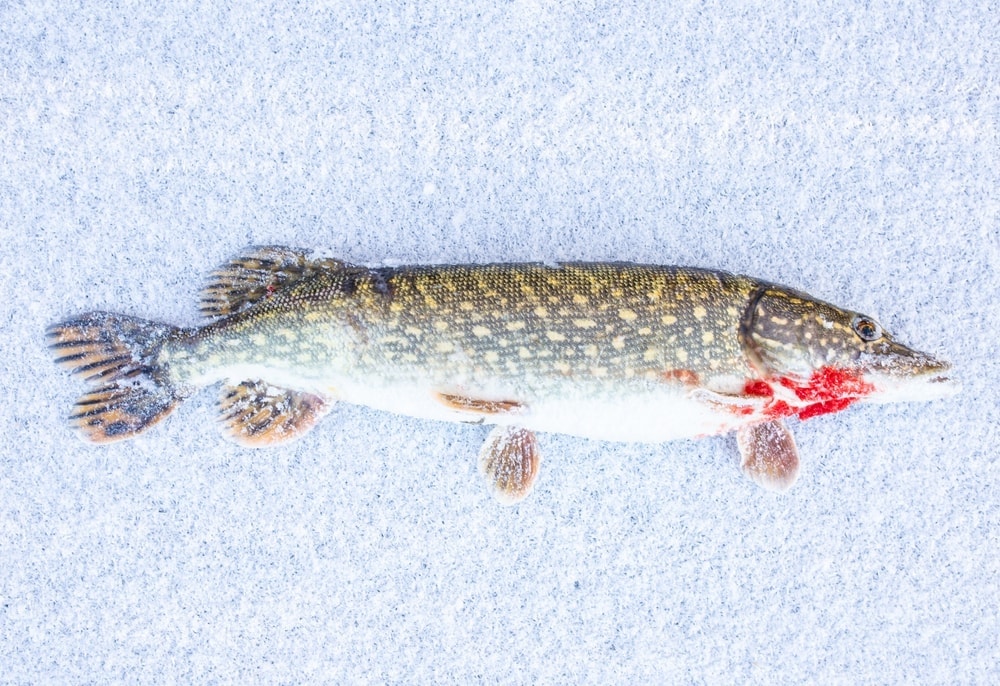This small livebearer is from the coastal waters of North, South, and Central America. They are a popular fish for those that want to breed fish for fun or profit.
They are easy to tell which gender they are by their body shape, color, behavior, and fin shape. When you have mollies, it is suggested that you have three females for every male you have in your aquarium.
Purchase your fish from a reputable breeder if you are planning to breed your mollies and sell them as they will be healthier and they know how to tell their gender.
How to Identify Male vs. Female Mollies
The faster they grow, the quicker you will be able to determine what their gender will be. When they are born, all appear female and it can take as long as three months for the molly to develop secondary sexual characteristics.
1. Color
The males are the ones that will have the brighter, bolder color patterns while the female mollies have timid, dull, and demure color schemes. The bright colors of the males are what attract females.
2. Anal Fin
This is the part that is specifically used to identify whether the molly is a male or female. It is present behind the belly on the underside. In the male, it is longer or larger in size and is modified into a tube-like shape. This is called their gonopodium and is how they mate with the female. The anal fin of the female is triangular in shape.
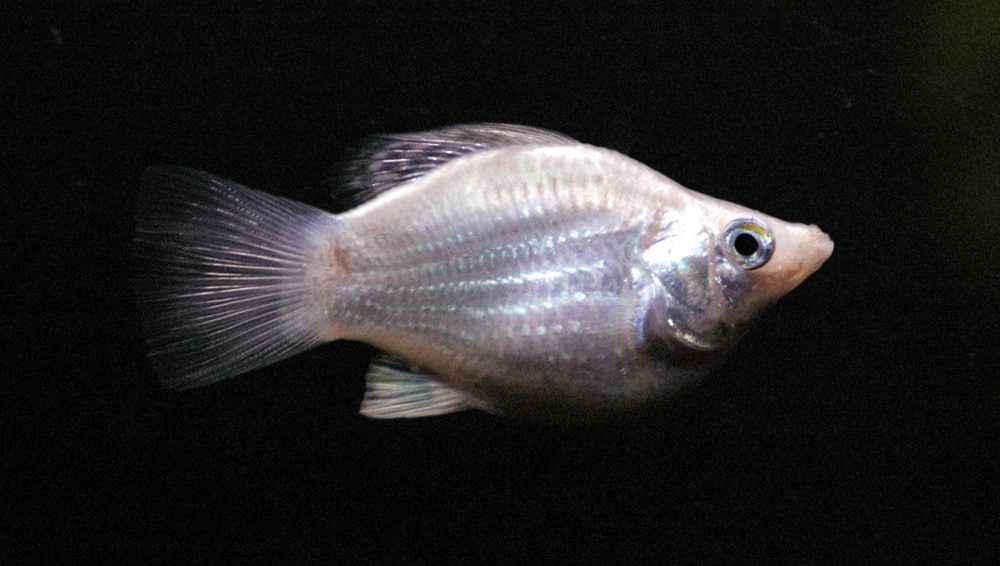
3. Dorsal Fin
This is the back fin of the mollies and while both have a dorsal fin, the male has the larger of the two. The male’s dorsal fin also helps to attract the females because it enhances their beauty.
4. Behavior
You can also tell what gender the molly is by their behavior. The males are attention seekers and are always trying to catch the attention of the female molly so they can mate. The will chase the females and will swim in front of them to attain their attention by showing off their fin.
5. Shape and Size
The males are the larger of the two with flat body shape and the females have a rounded body, especially in the abdomen area. A molly can grow to be two to four inches with the females the smaller of the two.
Breeding Process
When it is time to breed or mate, the mollies do not pair off but instead, the male will fertilize any female they come in contact with or chase and catch. Once the female is pregnant, they will keep the eggs in her body for 60-70 days until they hatch. The female will give birth to 10-60 fry at one time. Sometimes the female will deliver eggs that are underdeveloped along with the live ones. This is nothing to worry about.
Breeding Tank
If you have decided that you want to breed mollies, you need to make sure that the breeding aquarium is right for this purpose. You need to make sure that the water has a temperature of around 80 degrees Fahrenheit or just a little higher.
They like to have their water with a pH up to eight, which equals a neutral to slightly alkaline water. The breeding tanks should also have some type of densely planted live plants that will give the female some cover. The live plants are also a good source of algae for the female and fry to feed on.
You should also consider having a water heater in your aquarium, both the regular one and the breeding, or birthing, one. Being tropical fish, it is hard to keep the water as warm as they prefer. The molly also produces a lot of waste so you want to make sure that you have a good filter, preferably a sponge one so that the fry are not caught up in it and killed.
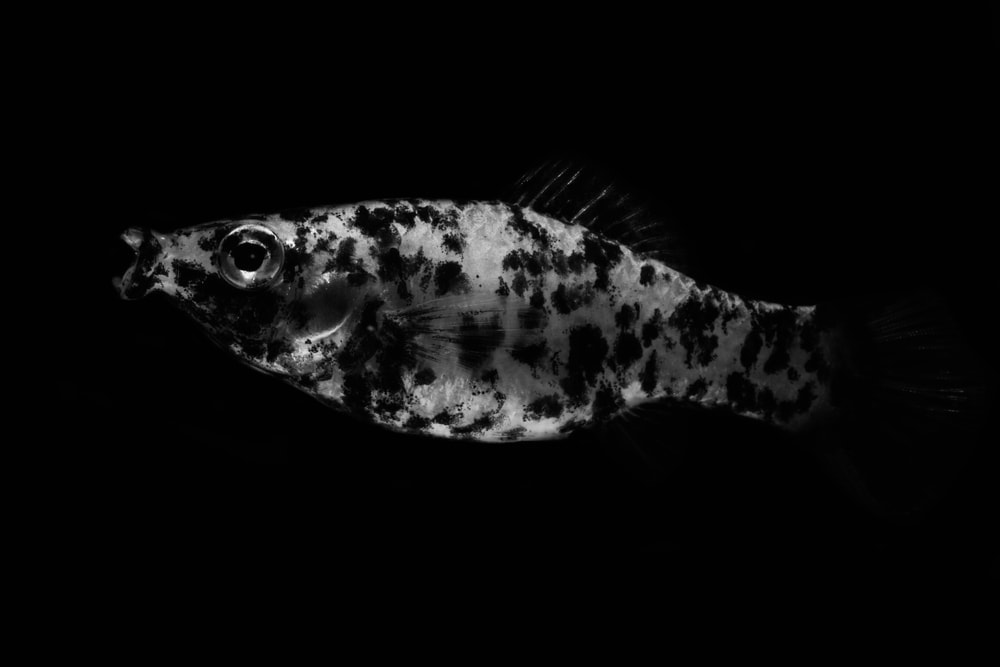
Increasing the Survival Rate for Offspring
If it is possible to put the female when she is pregnant into a separate aquarium you should do it as this will help prevent the mother from becoming too stressed out. If she is stressed out, it can lead to more aborted pregnancies and stillbirths.
They can breed in any conditions but the fry will need a lot of hiding spaces, especially if they are being raised in the same aquarium with the parents. The reason is that the parents will eat them. You can put the newborn fish in a separate breeding aquarium to help lessen that chance.
Make sure before you put them back in the aquarium with the parents that they are big enough not to fit into the parent’s mouth.
When you are feeding your fry, make sure that you are feeding them small amounts of food, to begin with. It is suggested that you grind their food flakes at first and when they are done, remove any uneaten food immediately so you do not contaminate the water. You should try to feed them at least five times a day.
Conclusion
- In a female molly’s lifetime, she can produce over a hundred offspring.
- The female also has the ability to store the sperm of the male in their body so they can keep fertilizing eggs on their own with having to mate with the male.
- When the female is pregnant, their abdomen will appear to be unbalanced or leaning to one side.
- If you are able to identify their gender it is best to group them in the first eight weeks before they reach sexual maturity.
- The ratio of male vs. female mollies should be one male for every three females. You do not need another male because they are always in constant pursuit of the females.
- You can tell when the male and female are ready to copulate because the anal fin of the male is bent in the opposite direction.
- If you use a breeding box, do not keep the fry in there longer than fourteen days as it will stunt their growth.
